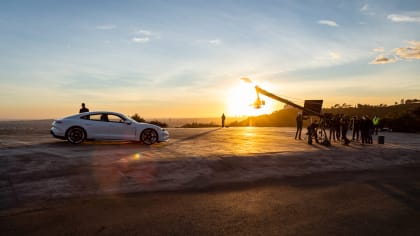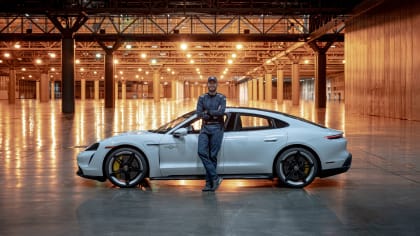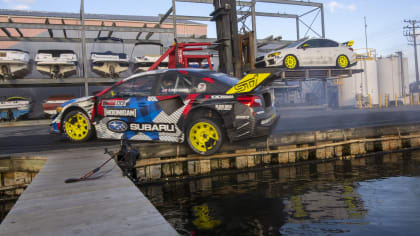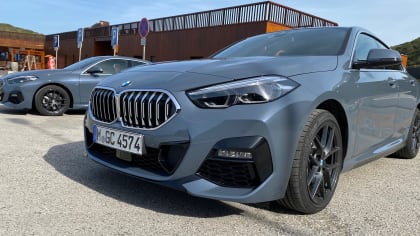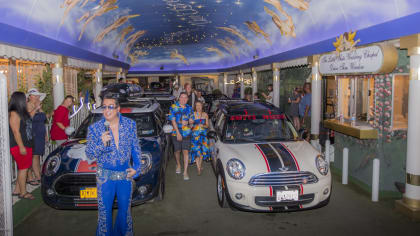Lola T70 - California’s CAN-AM Car
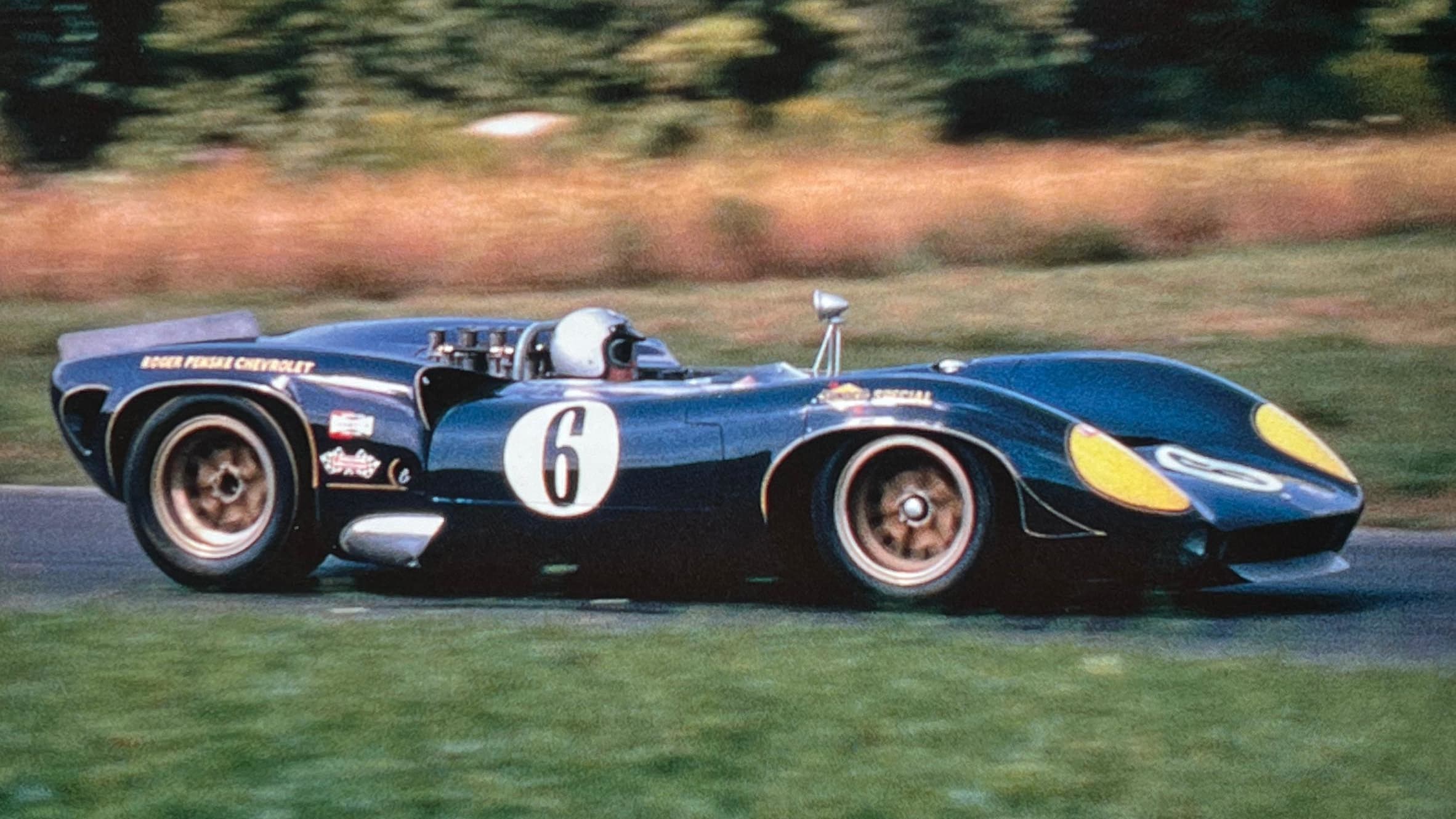
Long live the Lola T70
After reviewing the book "Lola - The T70 and CanAm Cars" contributor Don Taylor had more to say... Here's a "sidebar" to Gordon Jones’ book.
By Don Taylor
Wed, Jun 22, 2022 12:34 PM PST
Photos courtesy the publisher (EVRO Publishing Ltd), or detail shots from the photos in the books, if not stated otherwise.
Compared to the other cars at the time, I thought of the T70 as ‘California’s Can-Am Car’, much like the Porsche 356 Speedster has been synonymous with the Golden State. Something created elsewhere, but fondly adopted, becoming a natural part of the California scene. The Lola may have come from overcast England, but it had the look of being designed in sunny California. It could have been sketched up by the 1957 Reventlow Scarab’s designer, Chuck Pelly, or by Pete Brock, designer of the Cobra Daytona Coupe.
The Lola T70 came along when such cars still had graceful elements like the rounded fender tops; it was one of the last before the ever-wider, flat-treaded tires forced the fenders to also be squared off. And it had a bodyside that rolled under, before flush body sides were discovered to have less aero drag. Post-T70, these features combined to give us an evolution of ever more boxy sports-prototype body shapes that follows thru to this day.
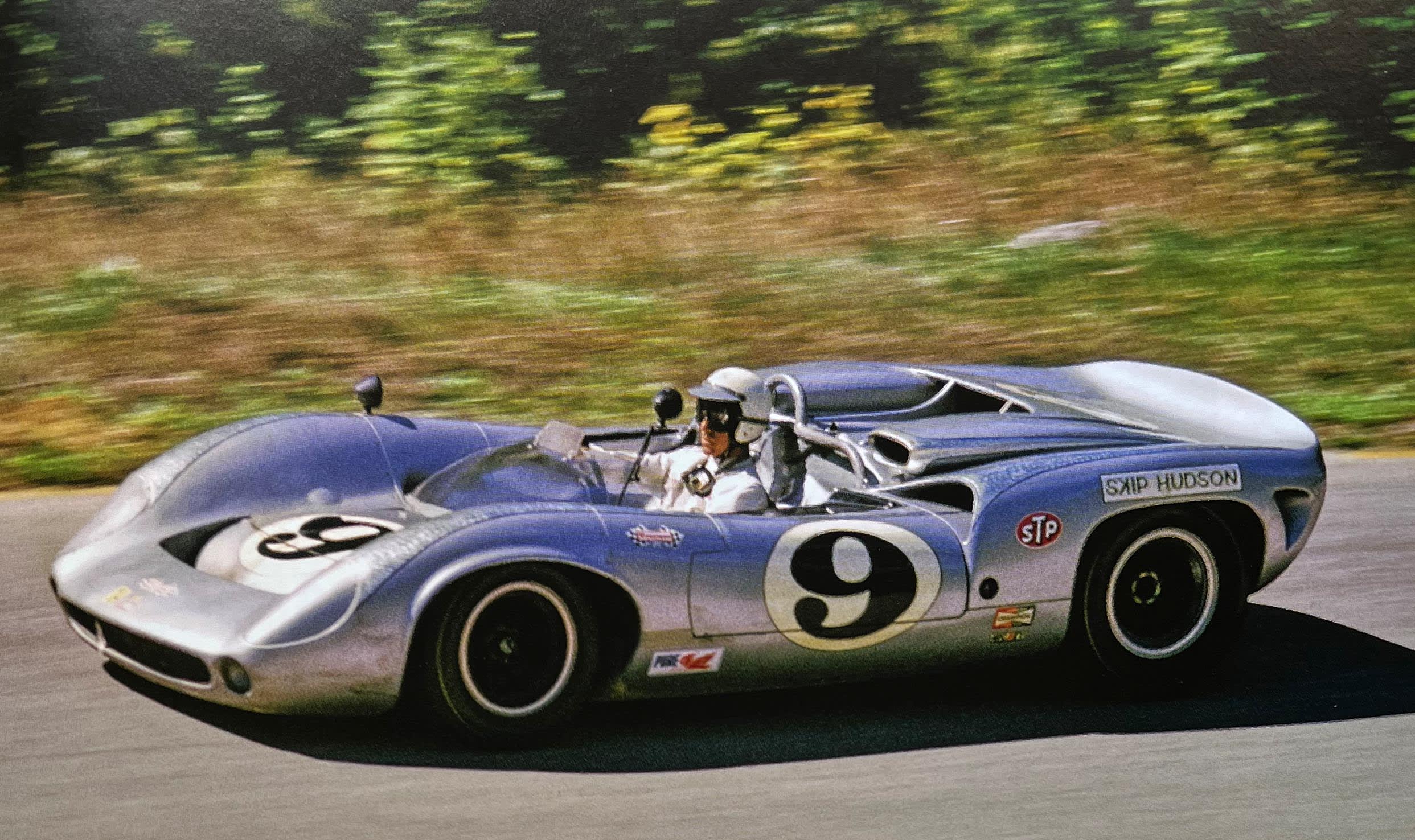
Another signature of California adoption: Owners felt the T70’s body shape lent itself to painted stripes, scallops, and pinstriping, and interesting number treatments. By comparison when you look thru the Jones book, the Lola T70s, spyders and coupes shown racing in Europe and elsewhere in the world are not embraced in the same way and were simply left in solid gel-coat colors with slapped-on car numbers. Only John Surtees’ iconic red car, with its arrow shaped white stripe had any flair, looking pretty zippy in comparison to the others.
Note also the engine air scoops added to Roy Campbell’s Pacesetter Homes Lola, and several others. Whoever built those, most likely a Californian, apparently felt that the scoops should be as elegantly shaped as the body itself and complement the car as those do.
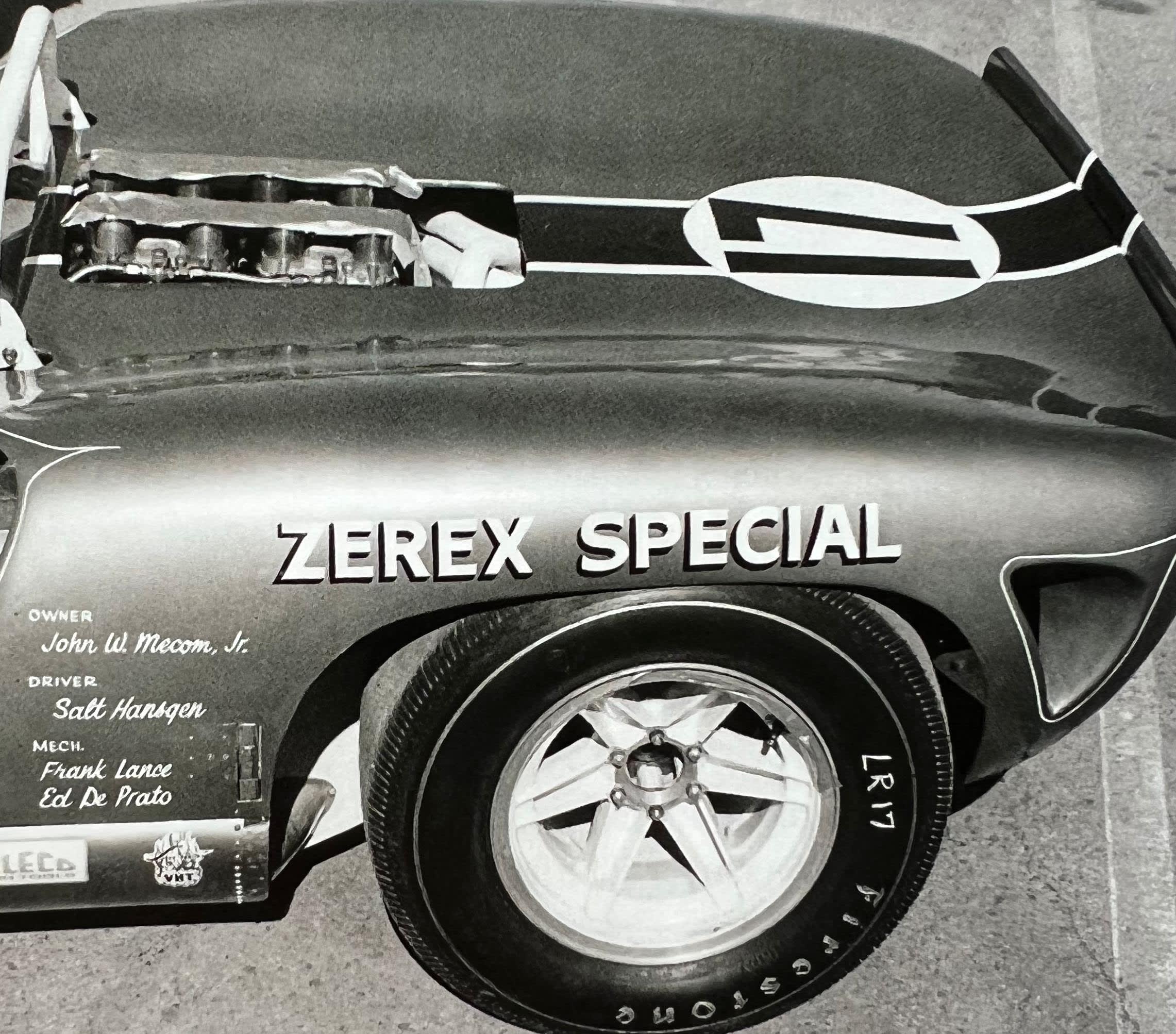
Then check out the Lola’s deep-set, six-spoke cast wheels. Lola didn’t invent the straight spoke wheel, but the muscular look of the wheels they came with really set them apart from McLaren’s softer four spoke design, and Lotus’ wimpy ‘wobbley wheel’. They work well with the T70’s body and would be later influence those used on muscle cars.
Also consider the T70’s popularity with California slot car racing body makers. It may not have been the most popular, the Chaparral 2 was, but when I asked Philippe de Despinay, slot car expert and author of Slot Car Dreams about that, he rattled off ten different makers during slot racing’s peak who offered either a vacuum formed or injected molded T70 body. Check out the Los Angeles Slot Car Museum lascm.com for more.
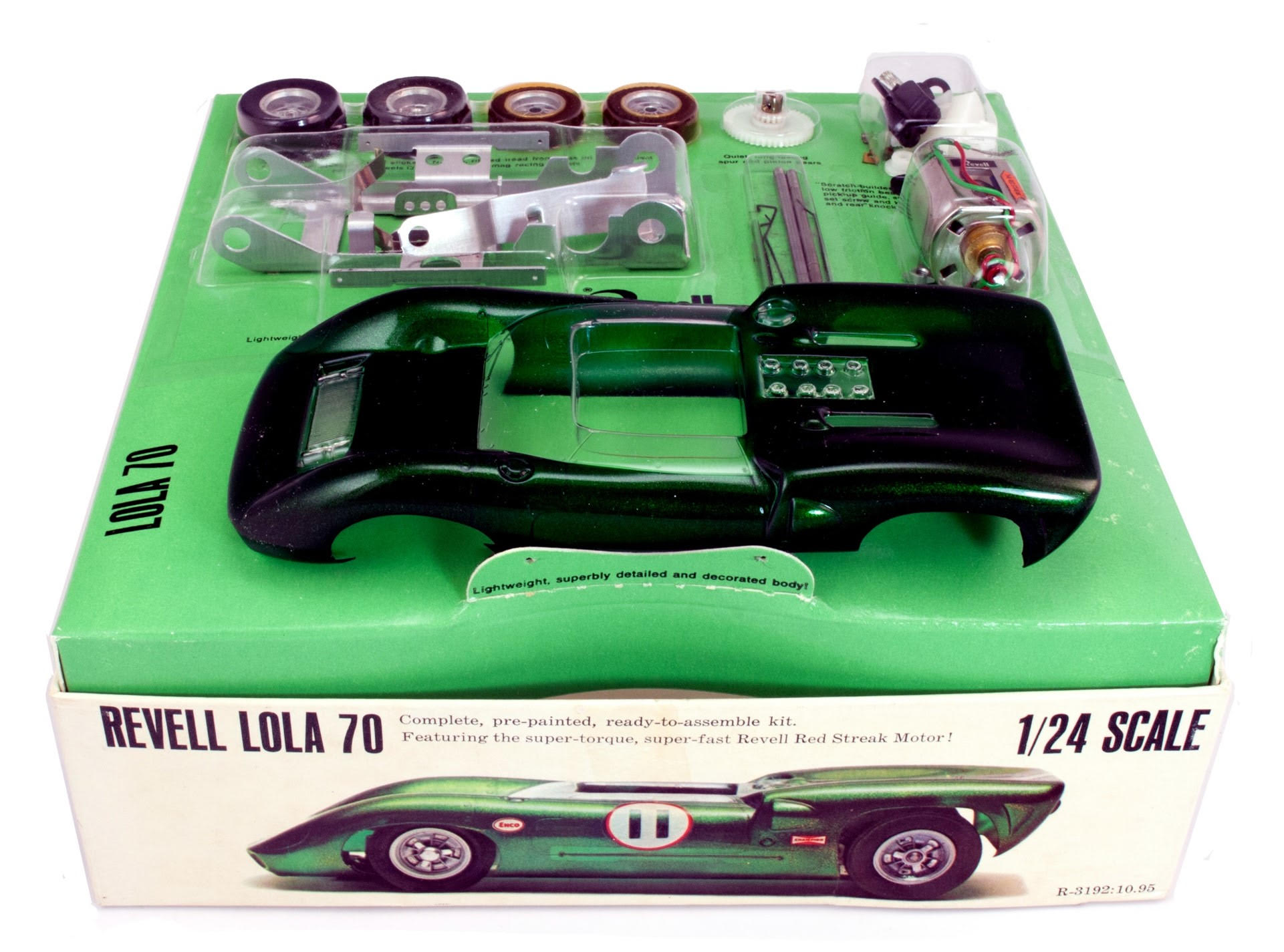
Befittingly, the Lola T70 also attracted movie stars. On page 113 we see Steve Mc Queen standing next to the Lola T70 that he test drove. McQueen used several T70s in his movie LeMans. And James Garner’s American International Racers (AIR) race team selected a pair of dark blue Lola T70 Coupes to run at Daytona, Sebring, and LeMans.
Going more than skin deep, if you look at the T70’s chassis, it looks like it could have been fabricated by the same craftsman who built Lockheed P-38’s in Burbank. Similar to aircraft construction of that era, Lola’s early monocoque is a collection of cut and folded sheet metal parts welded or riveted into brackets, pick-ups, and layered reinforcements, often with punched lightening holes, all attached to a twin pontoon, rolled and formed, riveted and glued, steel/aluminum tub. By comparison, the McLaren racers of that period were still of tube chassis construction. And when their Mk. 6 Can-Am monocoques finally came along, they were much simpler. Not as elegant as Lola’s design, but they were lighter, easier to build, maintain, and repair, and thus more suitable for customer teams.
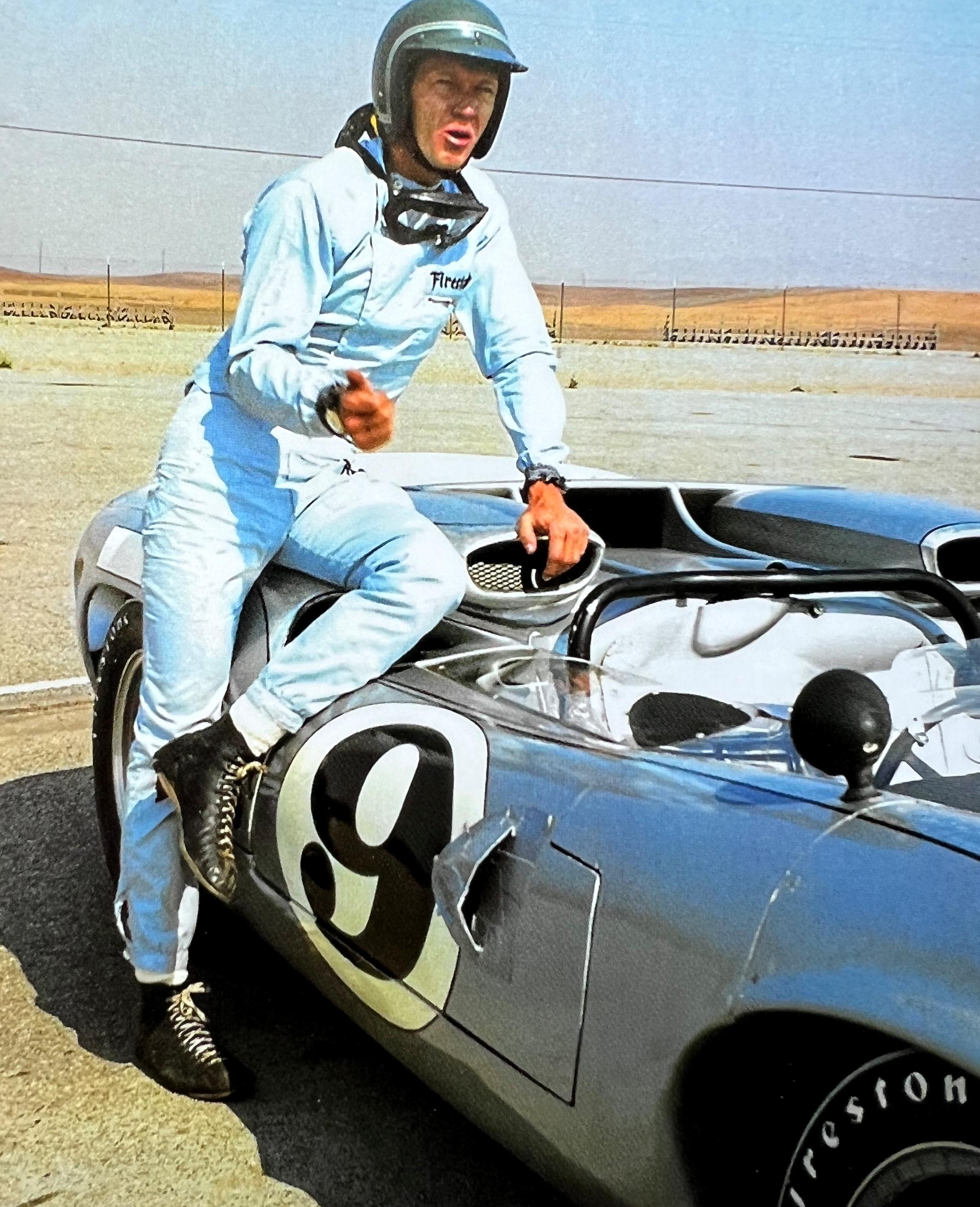
And…look at the engines used in T70s. The car was designed to accommodate a variety of modified US V8s, and those mainly came from California. Recognized in the book are familiar-to-us builders of small-block and big-block GM powerplants: TRACO, Al Bartz, George Bolthoff, Dennis Fischer, and Ryan Falconer. And down in Costa Mesa, Dan Gurney had initiated design of the Westlake head variations for Ford engines, as used in his own T70.
Sure, by 1967 the McLarens became more successful in the Can-Am series, and the new darlings of many fans, largely because of their iconic “papaya” orange paint scheme, but they still weren’t the natural beauties the Lola T70s were. And the even more brutish, square-shouldered Porsches and Shadows that later dominated were a step further way from the form and grace of the T70.
In California, the T70’s popularity lives on, long after its days in the USRRC and Can-Am series, and now can be seen in vintage racing and at concours.
Long live the Lola T70.
About The Author

Don Taylor formerly ran the NASCAR program for General Motors, worked as a car stylist at the Ford Motor Company, and as a National Tech Director for the NHRA. He currently serves as Director of the Stand 21 Safety Foundation, and for the UK’s Motorsport Industry Association. Taylor also writes articles for the UK’s Racecar Engineering magazine. Don currently lives in Boston, but makes frequent trips to Charlotte and to the West Coast, still owning a home in Pasadena.


